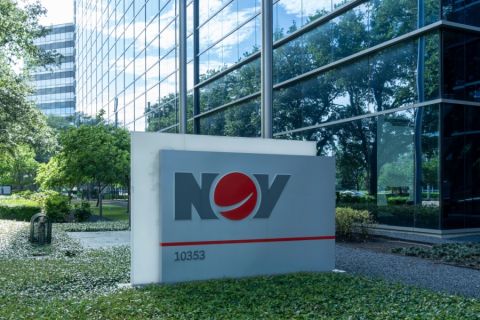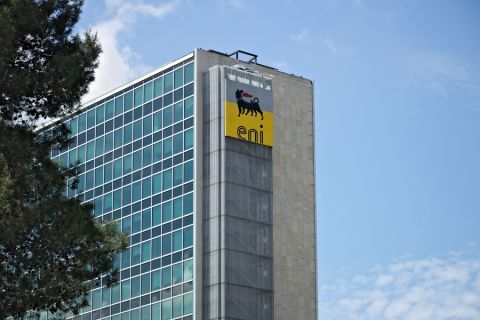The young sales rep for Western Oil Reporter magazine found himself in a quandary. Ads were a tough sell for a magazine that nobody wanted to read, Don Hart realized. So, to get better articles into print, he started writing them himself.
“We went to the field,” he said in a 1984 interview. “We got to know oil readers personally. They told us what a regional magazine like Western Oil Reporter could do for them. We tried to do it.”
This was in 1967. The 24-year-old graduate of Colorado State University, fresh from serving in the U.S. Army Reserve, soon found plenty to write about. Shell’s discovery in Utah’s Uinta Basin in 1970 sparked a deep drilling boom. Then, Amoco signed a 7.5-million-acre land deal with Union Pacific that effectively opened more than twice as many acres to exploration. From that agreement, discoveries of new fields were quick and numerous—Peoria, Wattenberg and Spindle to name a few in Colorado, and the Overthrust fields of Wyoming and Utah.
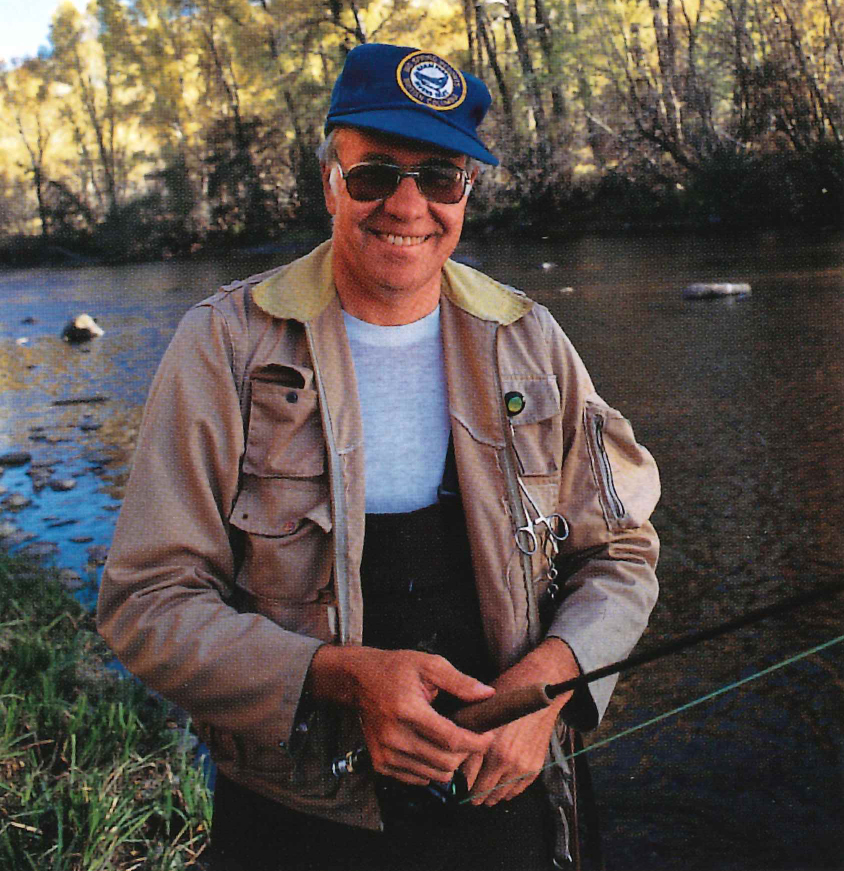
When Hart wasn’t busy writing articles or selling ads, he was thinking about what he would do if he owned the magazine instead of working for it. So, in 1973, with wife Jane and brother Bob, he bought Western Oil Reporter and Rocky Mountain Petroleum Directory. They named the new Denver-based company Hart Publications.
Over the last 50 years, as the energy industry has been buffeted by market madness, volatile geopolitics, a shale revolution and an energy transition, the company now known as Hart Energy has been there with and for our readers. We’ve grown and prospered when, and because, oil and gas grew and prospered. And when the industry struggled through tough times, so did we.
And just as technological innovation revolutionized the oil patch, technology has transformed the news business. Once a magazine and directory publisher, Hart Energy is now a multimedia powerhouse, delivering data and information across a variety of platforms.
This is our story.
‘National Geographic of oil and gas’
In the wake of the oil embargo by Arab oil-producing countries in 1973, the U.S. focused on growing energy production. Accomplishing that required capital.
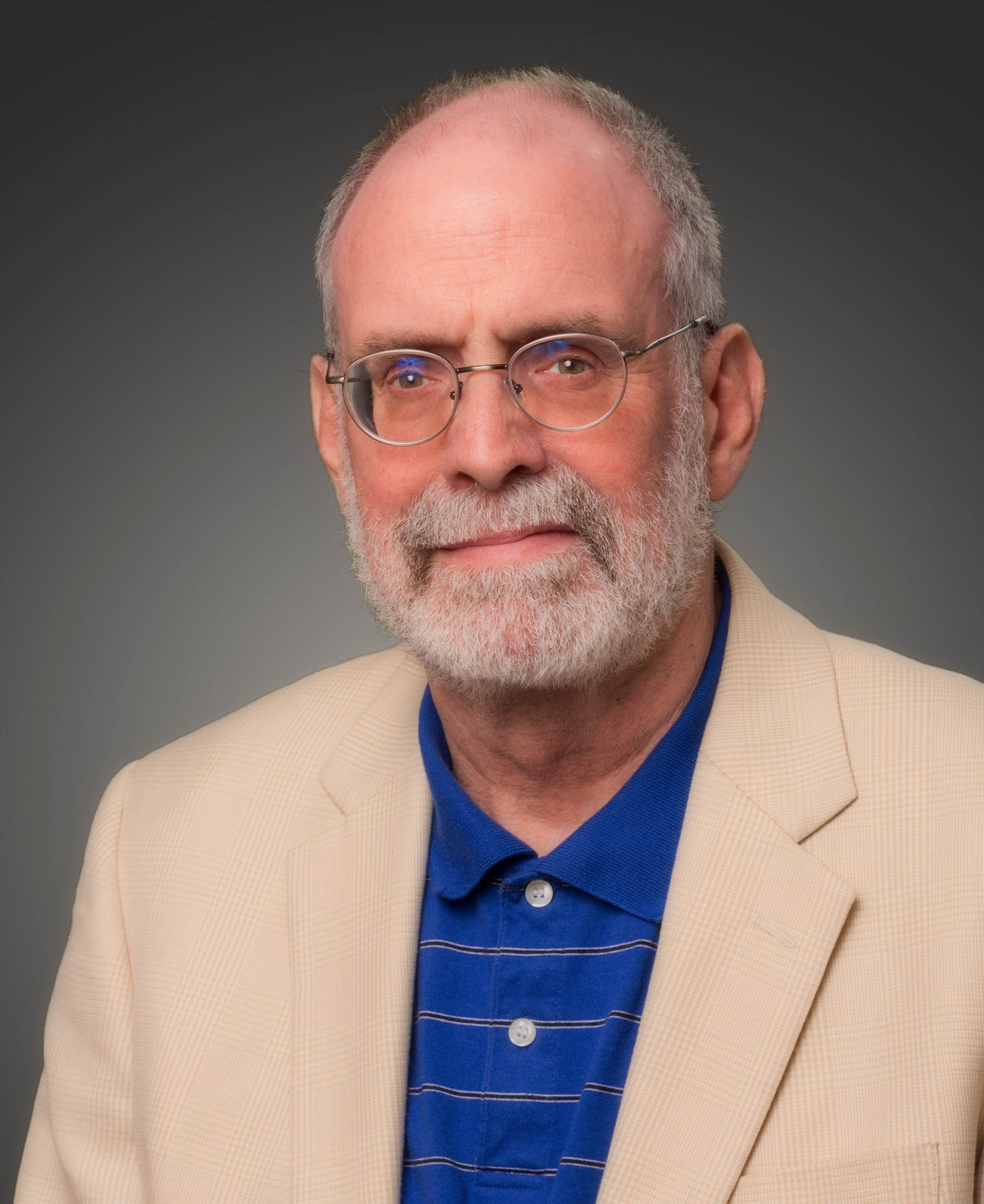
“Basically, I recognized there was a real need for the oil industry to communicate with the financial community,” Hart said in 2006. “So, on a flight to Houston, I sketched in my notebook an idea of what Oil and Gas Investor should be.
“I saw an opportunity to focus in a high-level way on the people in both the oil companies and on the financial end. The other publications in the industry at that time were so nuts-and bolts, only about technology.”
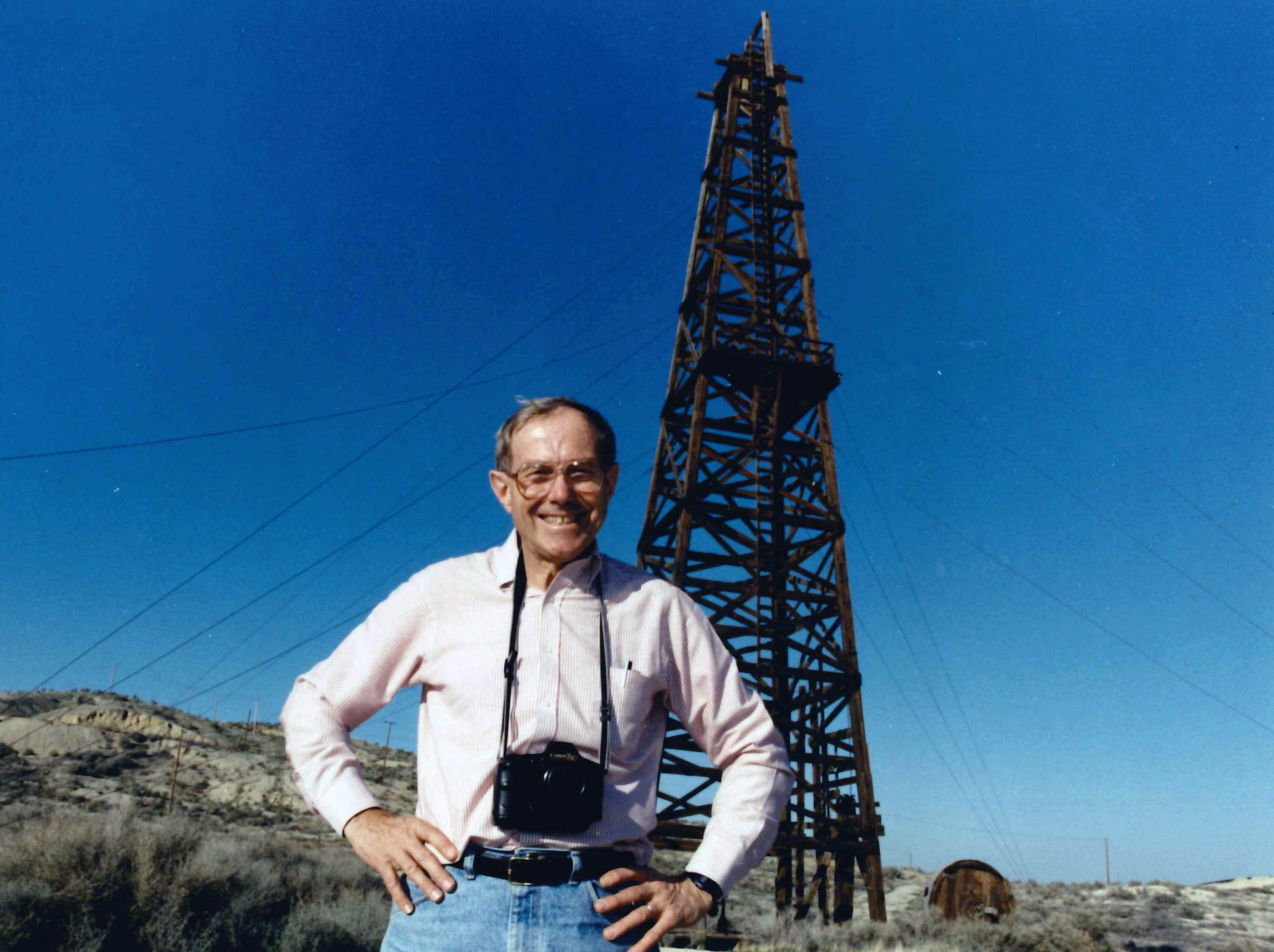
Hart wanted a sophisticated aesthetic for the new publication that he envisioned as the “National Geographic for the oil and gas industry.” He contracted a San Francisco design firm to create the look for the first issue and hired Denver publication designer Marc Conly as art director. For photography, he turned to National Geographic itself, hiring its former picture editor and award-winning photographer, Lowell Georgia, as photo editor. The pair would set the standard for visual journalism in the energy industry for the next three decades.
They would not be the magazine’s only iconic presence on the masthead. Leslie Haines joined Hart Energy in 1983 and became the magazine’s editor-in-chief in 1992, a position she would hold until 2016.

Oil and Gas Investor featured the Williston Basin on its first cover in August 1981. The magazine took E&P executives and investors to every corner of the oil patch each month. Paid circulation soared to more than 10,000.
But the rig count had plummeted from 4,521 in December 1981 to 1,846 in April 1983, and both the oil business and Hart struggled.
Hart gets Rich
Fortunately, help was on the way. It would come in the form of a young landman named Rich Eichler, who joined Hart as advertising sales manager in 1986 and was soon promoted to magazine publisher. He redirected Oil and Gas Investor to focus more on business opportunities for E&P executives and public investors.
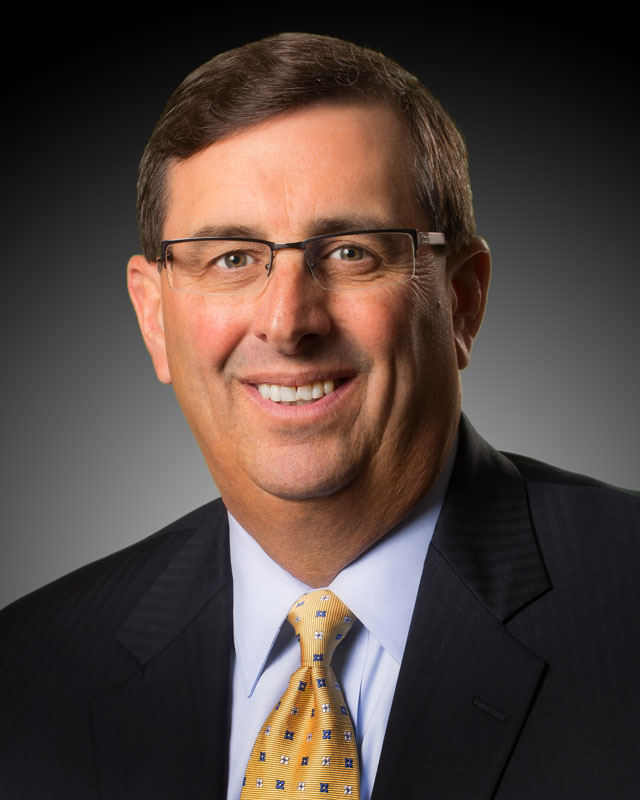
“We brought in Wall Street as a big component of the readership in 1988 and began to develop an advertising strategy for the investment banks to reach their oil industry clientele, where they had previously only placed ads in The Wall Street Journal,” Eichler said.
In addition to oil and gas basins and plays, the magazine turned its attention to the energy finance communities in New York, Houston, Boston, Dallas, Oklahoma City, Denver, London and Calgary. Coverage now included the oil and gas business in China, Australia, New Zealand, North Africa, West Africa, Russia, Kazakhstan and South America.
In 1991, Don Hart sold Hart Publications to Phillips International in Potomac, Md., and retired to pursue his Rockies ranching and fishing businesses. Veronis Suhler & Associates’ VS&A Communications Partners III bought Phillips Business Information in 2000 and placed the Hart Publications division, now based in Houston, in its Chemical Week Associates unit.
In spring 2004, Chemical Week Associates was put up for sale and Eichler engineered a management-led buyout to form Hart Energy Publishing. George Wiegers, then principal of Wiegers Capital Management in Denver, and Bob Israel, a partner with New York M&A and investment advisory firm Compass Advisers, signed on to be the lead investors, with Wiegers as chairman.
Eichler said, “We created a new culture for private oil and gas companies to seek partners, sell or buy deals, and present a strong, positive image to the market.”
Eventful history
Two years prior to the sale, Hart Energy had ventured into the conference arena, a business venture that would grow in spectacular fashion during the shale boom and continues to be a valuable source of insight and networking opportunities to industry players.
A&D Strategies and Opportunities, which began in 2002 in Dallas, is Hart Energy’s longest-running organic event, drawing an annual who’s who of asset buyers, sellers, builders, brokers, investors and financiers.
But it is the DUG series, built out of an initial event, Developing Unconventional Gas, in 2006 in Fort Worth, that cemented Hart Energy’s position as the leader in shale conferences. The first DUG was a response to customers’ eagerness for in-depth details about what appeared to be a promising new U.S. play: the Barnett Shale.
Hart Energy was the first media organization to have an inkling that Barnett geologists and investors were onto something revolutionary. Initial attendance in 2006 was expected to be modest, but a crowd of several hundred filled the venue, resulting in a standing room-only event. A larger venue was secured in 2007 and, again, the event sold out.
By spring 2008, two more shale gas plays—the Marcellus and the Fayetteville—had been discovered. Reports emerged of another: the Haynesville. Later, in 2008, yet another: the Eagle Ford.
As the shale boom accelerated, Hart Energy was all over it, and not just with live events. Extensive coverage filled its monthly magazines—Oil and Gas Investor, E&P and, beginning in 2011, Midstream Business. A slew of playbooks kept customers up to date on shale plays from the Powder River Basin to the Granite Wash to the Bakken; and topics including hydraulic fracturing, artificial lift and water management.
In 2009, more than 2,500 geologists, petroleum engineers, upstream and midstream executives, investors and financiers gathered for the inaugural DUG East in Pittsburgh, covering the burgeoning Marcellus and Utica gas plays. The first DUG Eagle Ford conference in San Antonio in 2010 drew more than 2,500. DUG Bakken & Rockies began its run in Denver in 2011.
The success of the events attracted not just industry participants but in-demand speakers, including former President George W. Bush, Secretaries of State Condoleezza Rice and Colin Powell, Speaker of the House Newt Gingrich, Secretary of Defense Robert Gates, and celebrated Navy SEALs Robert J. O’Neill and Marcus Luttrell.
Taking on the world
Hart Energy expanded in other ways following its buyout. Fred Potter, one of Washington’s leading experts on motor fuels, refining and air quality issues, joined as executive vice president and incorporated his firm, Information Resources Inc. (IRI), into the company as Hart Energy Consulting (later rebranded Stratas Advisors).
Potter, who had chaired the United Nations Alternative Octane Working Group for worldwide lead phase-down and sulfur reduction, established Hart Energy as a downstream consulting player with services such as the International Fuel Quality Center, Global Biofuels Center and World Refining & Fuels Service.
Experts provided consulting services and reports to clients that included governments and the world’s largest oil and automotive companies. They were based in Hart Energy’s offices in Houston, Washington, Brussels and Singapore, as well as in cities around the world, including London, Mexico City, New Delhi and São Paolo.
Rextag Strategies, a San Diego-based mapping and GIS database services provider, was acquired in 2010. Built by Reinhold Tagle, the platform added midstream research and data capabilities to Hart Energy’s portfolio. Rextag brought with it digital GIS databases, pipeline flow and capacity data, energy infrastructure maps and reference data covering oil, gas and other pipeline operations throughout the U.S., with capabilities that can be applied worldwide.
Today and tomorrow
The COVID-19 pandemic did not leave Hart Energy unscathed. Planned in-person events, including DUG Permian, were canceled and print magazines were delivered to empty office buildings because readers were now working from home.
Hart Energy responded by moving conferences online until venues reopened, and delivering PDF versions of print magazines until offices reopened and the presses could run again.
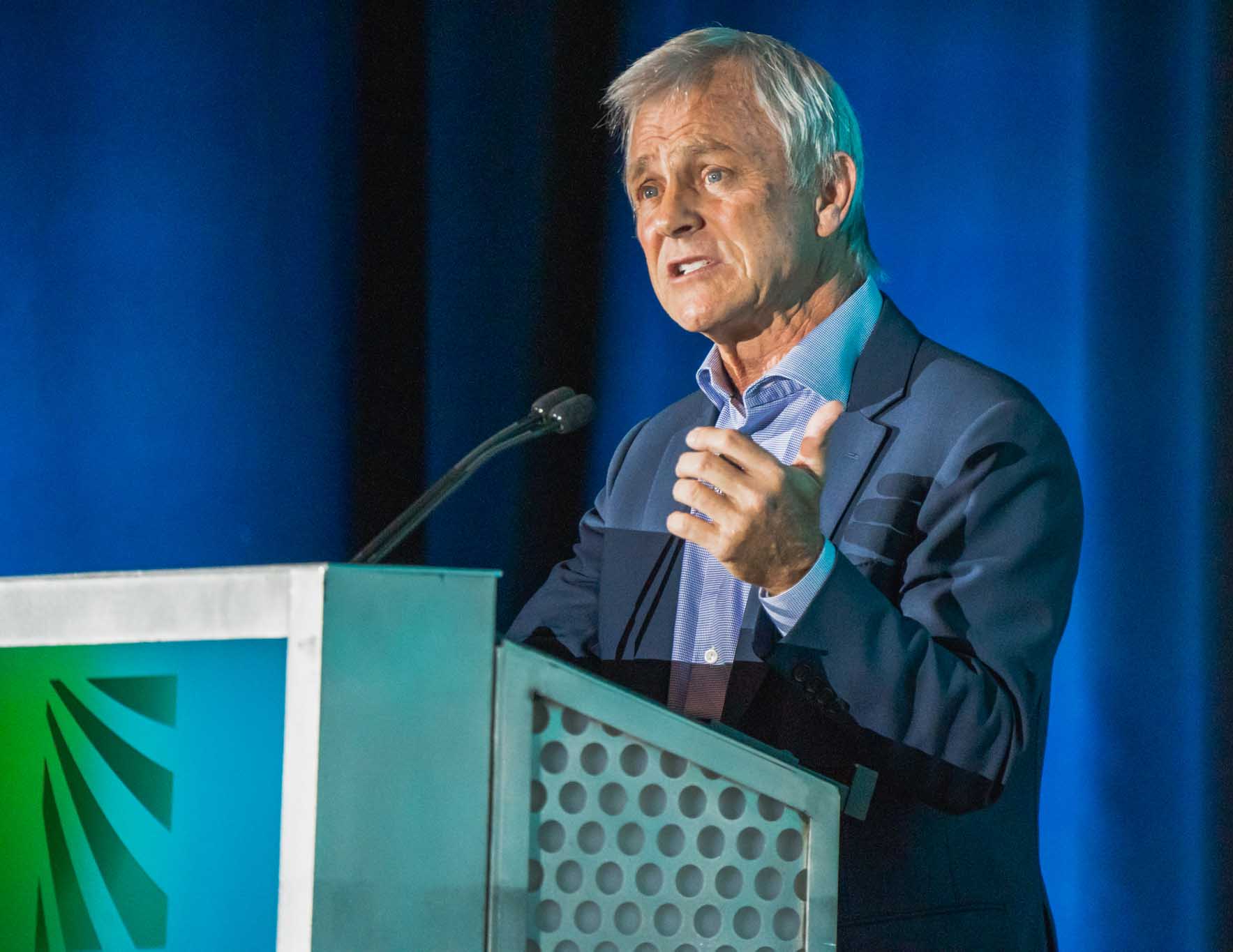
But those were not the only changes. It was the start of a new era for Hart Energy, and the biggest change would be at the top. Rich Eichler retired as CEO in November 2021 and John Hartig, a media veteran with experience in senior positions at Time Inc. and the Hearst Corp., took over.
Hartig accelerated Hart Energy’s move into the digital space, revamping the hartenergy.com website and engineering the acquisition of video producer Gotham Image Works in 2022, which brought its founder David Skalsky into the fold. He brought in Stacy Eisner, another media veteran with leadership roles at NBC News, Refinery 29 and HBO, to lead the effort as chief digital officer.
He also brought in Hadley McClellan, former director of the Offshore Technology Conference, in 2022 as vice president and general manager of conference operations, now rebranded as Hart Energy LIVE.
Among the changes implemented was a new event, SUPER DUG, which combined coverage of the Permian Basin, Eagle Ford, Midcontinent and Bakken/Rockies. It debuted to a packed house in Fort Worth in May 2023. In 2024, three new events will join the lineup:
- DUG Gas+ in Shreveport, La., in March will combine DUG East, DUG Haynesville and America’s Natural Gas into one event;
- The New Energies Summit & Expo in June in Las Vegas will explore the changing energy landscape, with emphasis on the latest technology in decarbonization of fossil fuels, carbon management, hydrogen, wind, solar and energy storage; and
- DUG Tech in Houston in November will focus on the advanced technology and science that drives efficient production and distribution of oil and gas resources.
Hart Energy’s legacy editorial content also experienced major changes. Steve Toon, who succeeded Leslie Haines as editor-in-chief of Oil and Gas Investor, died suddenly in late 2021. Just four months later, Haines passed after a long illness.
Hartig selected veteran journalist Jordan Blum to be editorial director and execute the digital-first news strategy. Deon Daugherty returned to Hart Energy to succeed Toon as editor-in-chief of Oil and Gas Investor, and Nissa Darbonne assumed the role of executive editor-at-large, the title held by Haines.
The extensive coverage of oil and gas continues, but Hart Energy’s editors also are providing the insight necessary for readers to thrive in the current energy transition. Topics never touched on by earlier generations of writers, such as carbon management and ESG, get prominent play on the website, in print and onstage at conferences. Transactions have always captured the interest of industry executives, but Hart Energy now adds to its presentation of this content with “A&D Minute,” a weekly video series that quickly covers the seemingly endless stream of deals.
The hartenergy.com website delivers breaking news to readers, allowing the print version of Oil and Gas Investor to focus on long-form journalism and analysis. Readers have access to exclusive video interviews with CEOs of the industry’s leading companies, and newsletters ensure that they don’t miss the news that affects them most.
Don Hart went to the field to find his readers. He listened when they told him what they wanted. And then he did his best to deliver it.
The company he founded in 1973 has changed profoundly, but the essence of what Don Hart was determined to accomplish has not changed. And it never will.
Recommended Reading
NOV Announces $1B Repurchase Program, Ups Dividend
2024-04-26 - NOV expects to increase its quarterly cash dividend on its common stock by 50% to $0.075 per share from $0.05 per share.
Repsol to Drop Marcellus Rig in June
2024-04-26 - Spain’s Repsol plans to drop its Marcellus Shale rig in June and reduce capex in the play due to the current U.S. gas price environment, CEO Josu Jon Imaz told analysts during a quarterly webcast.
US Drillers Cut Most Oil Rigs in a Week Since November
2024-04-26 - The number of oil rigs fell by five to 506 this week, while gas rigs fell by one to 105, their lowest since December 2021.
CNX, Appalachia Peers Defer Completions as NatGas Prices Languish
2024-04-25 - Henry Hub blues: CNX Resources and other Appalachia producers are slashing production and deferring well completions as natural gas spot prices hover near record lows.
Chevron’s Tengiz Oil Field Operations Start Up in Kazakhstan
2024-04-25 - The final phase of Chevron’s project will produce about 260,000 bbl/d.

